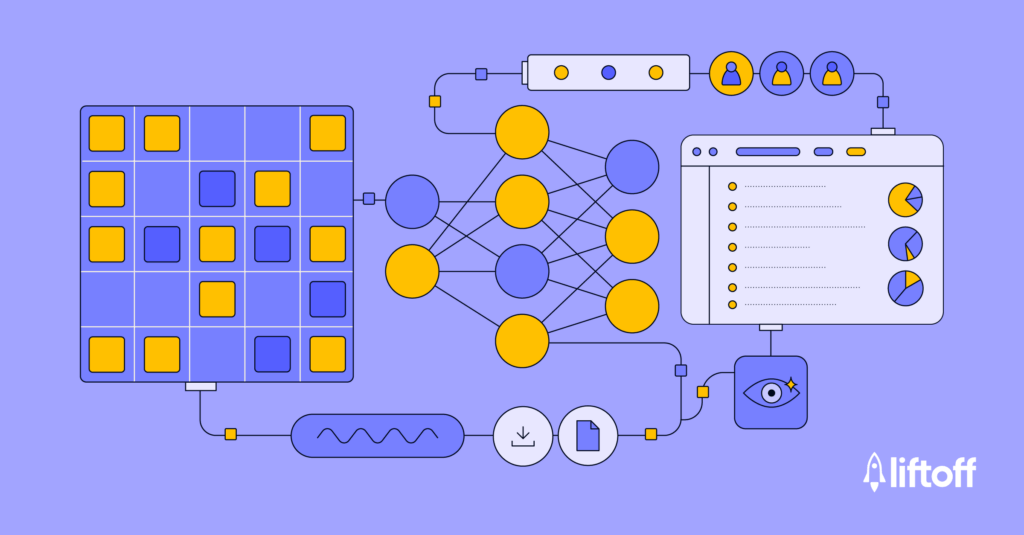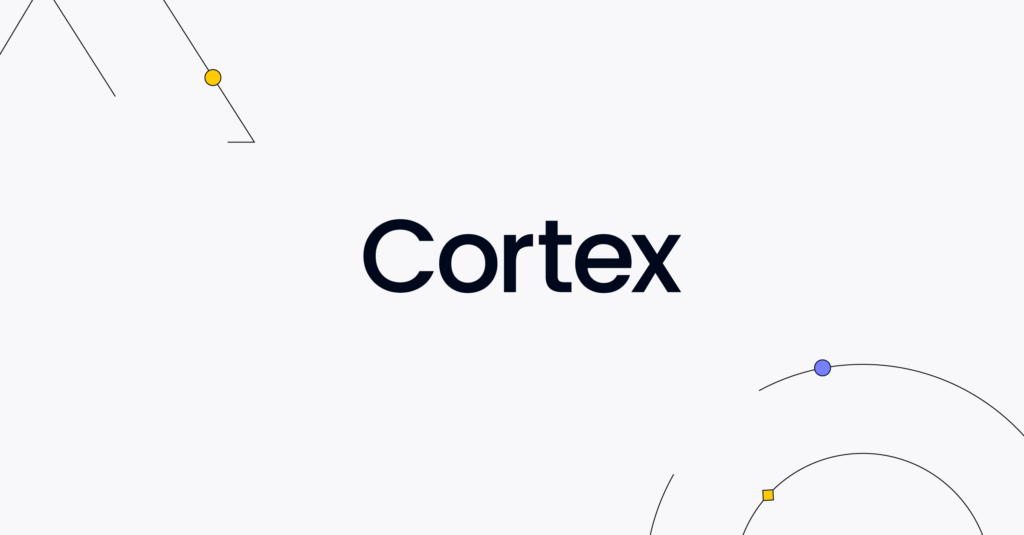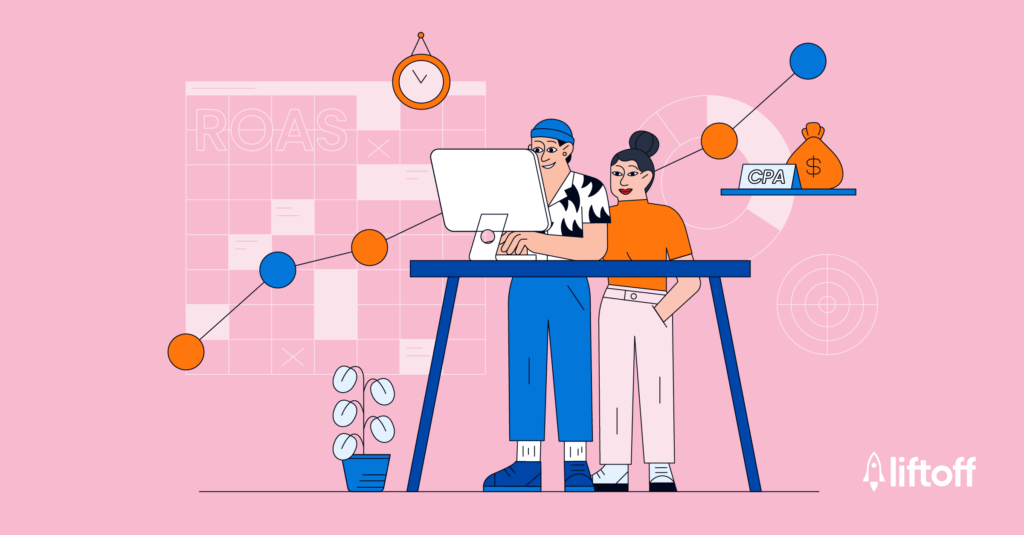
Unlocking Smarter Spend: How Unattributed Postbacks Power More Efficient Advertising
In today’s privacy-centric mobile landscape, restrictions on user tracking, like those introduced with iOS 14+, have made it harder for advertisers to connect conversions back to specific ad campaigns. Without granular, transparent attribution data, it can be difficult to train machine learning models, optimize campaigns, and scale spend efficiently.
But there’s a powerful and often underleveraged resource hiding in plain sight: unattributed postbacks (UAPs). UAPs are anonymized conversion signals. While they aren’t tied to the ad network or DSP that served an original impression, these signals are still connected to user behavior within ad campaigns or creatives. When added to ML training data, they can help accelerate campaign learning and unlock more cost-efficient growth.
What Are Unattributed Postbacks?
UAPs are attribution signals, such as installs, purchases, or other in-app actions, that occur after a user sees an ad and are shared with an advertising partner different from the one that delivered the impression. While UAPs have long existed within attribution systems, the usage of them in advertising is becoming increasingly common as privacy updates limit the ability to tie conversions directly to ad exposures. Even without a direct link, UAPs can provide meaningful context, including event types, timestamps, and user behavior patterns, that help inform campaign decisions.
It can be limiting to gather precise attribution and advertisers are finding immense value in these indirect signals. When fed into machine learning models, UAPs help uncover patterns across devices, creatives, and campaigns, ultimately supporting better predictions, faster optimization, and smarter budget allocation, especially in environments where deterministic tracking no longer tells the full story.
Why They Matter: Finding Signal in the Noise
Here’s how UAPs, when processed through advanced machine learning systems, and increasingly, AI-powered platforms, can deliver outsized value: (Curious about the difference? Read our explainer on AI & ML in ad tech.)
1. Better Model Training
UAPs increase signal density, giving models more data to learn from. Patterns in conversion timing, event frequency, and device behavior feed into the algorithms that power bidding, targeting, and creative selection. Liftoff has observed that incorporating UAPs can lead to model optimization nearly 50% faster than models trained without them.
Unlike earlier approaches such as logistic regression, which struggled to extract insight from complex or incomplete datasets, modern neural networks are far better equipped to interpret contextual signals like UAPs. Platforms like Liftoff’s Cortex, our neural network-based optimization engine, can turn this once-dismissed data into meaningful fuel for faster, smarter model training.
2. Budget Efficiency
With more signals fueling predictions, models mature faster, allowing platforms to reach optimization thresholds sooner. The result? Less wasted spend during the learning phase and earlier transitions to performance-optimized bidding strategies like ROAS.
UAPs also support smarter budget allocation through user suppression. By identifying users who have already installed the app, advertising platforms can avoid serving ads to existing customers, preventing redundant spend and improving overall efficiency.
3. Cross-Campaign Intelligence
By aggregating UAPs across campaigns, advertisers can uncover blind spots that weren’t visible through attributed data alone. It’s like hearing the hum of a crowd, while you may not know who said what, you still understand the message. That broader “crowd signal” helps inform smarter decisions at scale.
App-to-Web Use Case: Building Better Device Graphs
Another highly impactful application of UAPs is in app-to-web targeting, where identifying users across disconnected experiences is critical. Because deterministic identifiers are often unavailable when transitioning from an in-app ad experience to a mobile website, advertisers increasingly rely on probabilistic device graphs to connect user journeys between app and web.
UAPs contribute to the accuracy of these graphs by adding behavioral data points and conversion context. Their addition improves user matching between platforms and helps advertisers manage campaigns and retarget effectively in a fragmented environment.
Liftoff Case Study: Faster Time to Transition using UAPs
To accelerate performance on iOS, Liftoff began incorporating UAPs into our ROAS optimization models. These models are powered by Cortex, Liftoff’s neural network engine and the core component of our AI-powered growth platform. The goal was clear: enable faster, more confident transitions to KPI optimization.
The results were significant:
- 94% reduction in time-to-transition to ROAS optimization
- Achieved with just $2,600 in spend
- Followed by a 50% reduction in time to KPI goal achievement
By leveraging UAPs, Cortex was able to learn faster, perform smarter bid evaluations, and accelerate results for our customers, all while preserving budget efficiency.
The Takeaway: Smarter Inputs Drive Smarter Outcomes
While UAPs may not have been fully leveraged in the past, they’re increasingly essential for modern marketers. When processed through a robust machine learning engine, or more broadly, an AI-powered platform, these signals drive faster learning, higher ROAS, and more scalable success..
Advertisers working with an AI-powered growth platform like Liftoff gain an edge, not just through access to more data, but through a smarter way of using it. The success we’ve seen with our iOS UA Cortex models is proof that meaningful results don’t always require more spend, just better inputs.
Want to accelerate optimization and drive smarter spend in your own campaigns? Reach out to Liftoff to learn how UAPs, combined with Cortex’s AI capabilities, can unlock more efficient growth.


